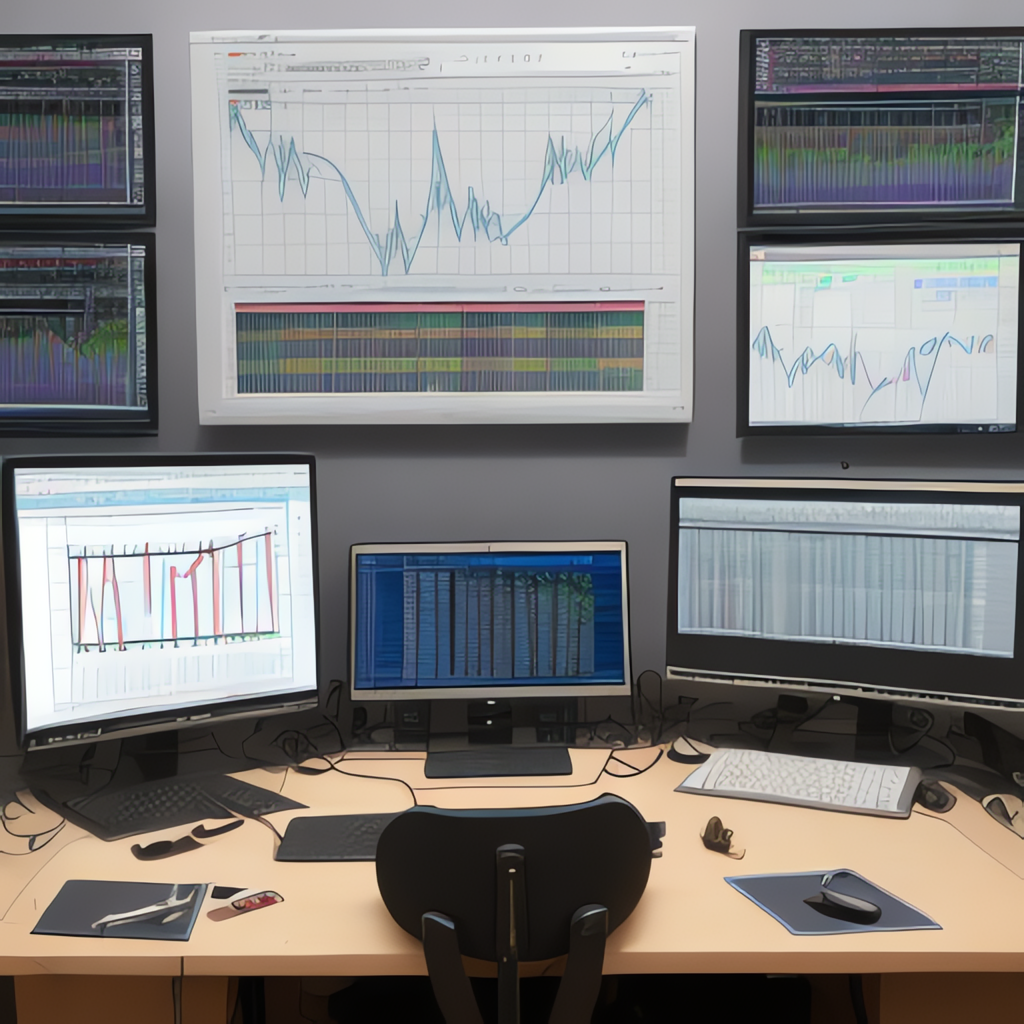Visual Data Mastery: Exploring the Comprehensive Universe of Chart Types – From Bar Charts to Word Clouds and Beyond
In the era of digitalization where data pours in from various sources, understanding and conveying information with precision has become paramount. This task is where visual data representation transcends conventional understanding, making complex data simpler, digestible, and engaging. The universe of chart types ranges from traditional to highly innovative forms, each with its unique use case and set of advantages. This article dives into the diverse range of chart types, exploring their purposes, and revealing the best practices for each, from the straightforward to the sophisticated.
### 1. Bar Charts
Bar charts are among the oldest and most ubiquitous chart types, primarily used for comparing quantities across different categories. They are particularly effective for highlighting disparities, identifying trends, and comparing magnitudes. Here’s how to use them:
– **Horizontal vs. Vertical**: Choose horizontal bars for shorter labels to optimize readability.
– **Color Usage**: Apply contrasting colors to differentiate bars effectively.
– **Data Density**: Keep the number of bars manageable to prevent confusion.
### 2. Line Charts
Ideal for depicting changes in measurable values over time, line charts are perfect for spotting trends and patterns. The basic principles revolve around:
– **Smooth Connection**: Ensure lines are smooth to highlight gradual changes.
– **Data Frequency**: Update data points to reflect real-time or relevant intervals.
– **Color and Style**: Use clear colors and distinct line styles to distinguish multiple datasets.
### 3. Scatter Plots
Scatter plots excel in visualizing the relationship between two variables, making them invaluable for spotting correlations and outliers. Key tips:
– **Proper Scaling**: Adjust the axes to highlight variations appropriately.
– **Color Coding**: Use color to distinguish patterns or to represent a third variable.
– **Interactive Elements**: Implement tooltips or clickable points for detailed information retrieval.
### 4. Heat Maps
Heat maps are best for displaying large amounts of data through color gradients, making it easier to spot patterns and clusters. Here are some guidelines:
– **Scale Consistency**: Ensure the color scale is consistent and understandable.
– **Label Clarity**: Provide axes labels and value scales for context.
– **Interactive Features**: Allow users to drill down into data for detailed analysis.
### 5. Area Charts
Similar to line charts, area charts not only show quantitative values for a particular measure over a specific period but also highlight trends and differences between groups. To get the most out of this tool:
– **Color Differentiation**: Use different shades for multiple groups to enhance visual differentiation.
– **Overlap Management**: Ensure minimal overlapping for clarity, especially when depicting multiple data sets.
– **Axis Focus**: Emphasize time on the axis to focus on trend patterns.
### 6. Pie Charts and DONUT Charts
Pie charts and their variant, the donut chart, are useful for showing proportions of a whole. A few tips include:
– **Avoid Clutter**: Limit the number of slices to no more than five for easy interpretation.
– **Color and Label**: Use distinct colors and descriptive labels to enhance readability.
– **Avoid 3D Styles**: Stick to a flat style to maintain clarity and avoid distorting proportions.
### 7. Map Charts
Geographical data representation takes another leap with map charts, enabling the display of geographical variations and patterns. To make them effective:
– **Simplicity**: Choose the right level of detailing in the map.
– **Interactive Elements**: Include clickable regions for data-specific information.
– **Data Legends**: Always provide data legends to guide the viewer on how to interpret colors and symbols.
### 8. Word Clouds
Word clouds provide a visual representation of text data, where word size and frequency are depicted through size and color differences. Key considerations are:
– **Frequency Filtering**: Remove less significant words to focus on key data points.
– **Color Schemes**: Use a color gradient to distinguish meaning or sentiment.
– **Layout Customization**: Experiment with different layouts to optimize readability.
### Conclusion
The universe of chart types is vast and offers a multitude of forms to fulfill diverse needs. Whether it’s depicting trends, comparing sizes, or visualizing complex data relationships, selecting the right chart type is crucial. By considering factors such as context, data volume, and intended audience, one can leverage these powerful tools to enhance data understanding and decision-making. For a truly effective data visualization journey, continuous exploration and adaptation of different chart types, along with best practices, can unlock deeper insights from your data.
